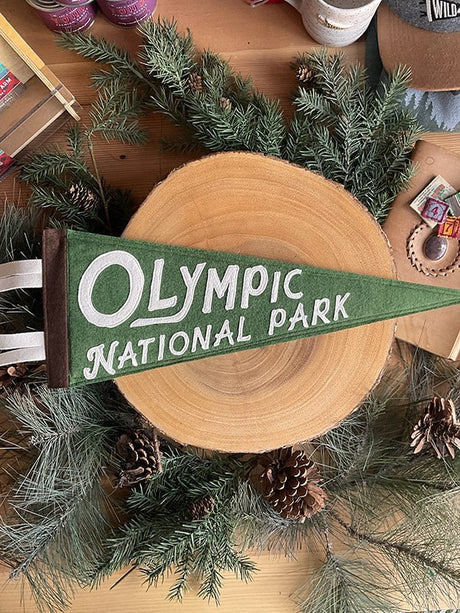In the collective imagination, America's National Parks stand as the last bastions of untouched wilderness, pristine landscapes where nature was allowed to flourish undisturbed by human influence. This myth paints a picture of these treasured places as time capsules of the natural world, preserved in their original state since time immemorial. However, the reality is far more nuanced and, in its own way, just as fascinating.
The Hand of History

To begin unraveling this myth, it's essential to acknowledge the profound impact of Indigenous peoples on these landscapes. Long before these areas were designated as National Parks, Native American tribes interacted with, managed, and shaped these environments through practices like controlled burns, hunting, and the cultivation of plants. These activities were integral to the ecosystems, contributing to the biodiversity and health of the landscapes we now admire in parks such as Yosemite and Yellowstone.
Conservation and Restoration

The establishment of National Parks was itself a human intervention aimed at preserving these natural wonders for future generations. This process often involved altering the landscapes to make them more accessible and appealing to visitors. Trails were carved, invasive species were introduced (sometimes inadvertently), and wildlife populations were managed, all in the name of conservation. Projects like the reintroduction of wolves to Yellowstone in the 1990s demonstrate ongoing efforts to correct past mistakes and restore ecological balance, reflecting a human desire to mend what has been disrupted.
Modern Influences

Today, the impact of human activity is visible in even the most remote corners of our National Parks. Climate change, driven by global human activities, affects weather patterns, animal migrations, and plant blooming times. Air and water pollution, the result of industrial activities far beyond the park boundaries, do not respect those boundaries, affecting visibility, water quality, and ecosystem health.
Moreover, the very infrastructure that allows millions of visitors to enjoy these parks annually—roads, visitor centers, and lodges—represents a significant alteration of the natural landscape. While these facilities enhance our ability to appreciate the parks, they also serve as reminders of our ongoing impact.
Embracing a New Myth

Acknowledging the human footprint on National Parks does not diminish their value; rather, it enriches our understanding of these landscapes as dynamic spaces where nature and human history intertwine. It reminds us of our responsibility to these areas—not as passive observers of untouched wilderness but as active participants in a legacy of stewardship and conservation.
The Path Forward
The challenge and opportunity facing us as lovers of these magnificent spaces is to engage with them in a way that honors their complex histories and ensures their preservation for generations to come. This means practicing Leave No Trace principles, supporting conservation efforts, and advocating for policies that protect these lands from the most harmful impacts of human activity.
In debunking the myth of the untouched wilderness, we find a deeper truth: that our National Parks are not relics of an unspoiled past but living landscapes that continue to evolve with our care and respect. It's a truth that calls us not to step back but to step up—to become more conscious of our impact and more committed to the protection of these priceless natural treasures.
Let's embrace this new myth, one that acknowledges our role in these landscapes and inspires us to act as their guardians, ensuring that the legacy of America's National Parks is as much about the future as it is about the past.










